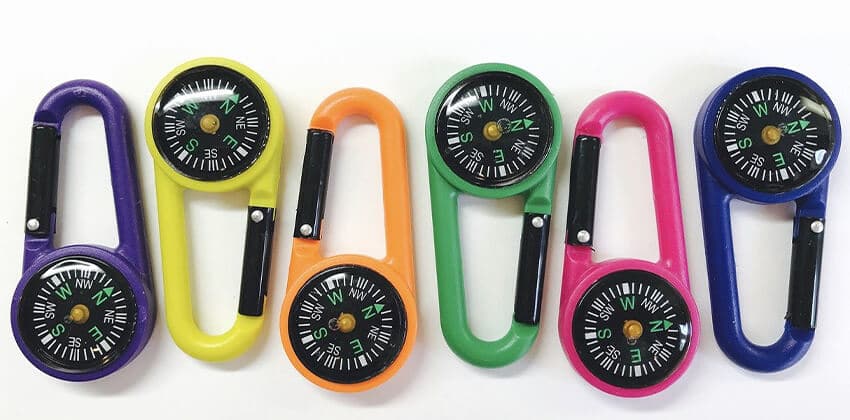
As a focused job-seeker, you’re game to try every approach that may land you your next great position, and you’re well aware of the power of networks in a job search.
This combination of wanting to cover all bases and wanting to maximize the power of the network has led many a job-seeker into an unfortunate position. These folks begin to forget that their networks are made up of individual, diverse people, and begin to treat their networks as solid blocs of job-search allies. That approach can have disastrous consequences – here’s why.
Broadcast vs. Personal Communications
There is an enormous difference – all the difference in the world, in fact – between any one-on-one (or one-on-two or -three) communication and any broadcast communication.
We react differently to newspaper articles and television commercials and YouTube videos than we do to personal phone calls and messages from our friends. One form of communication says “I need to get this message out” and the other says “I have something I want to say to you specifically.”
Broadcast communications typically require and invite no response. Personal communications typically invite an answer or other type of reaction from the recipient, and are composed with the recipient in mind.
This is why it’s a horrible breach of networking etiquette for a networker to write “I saw this article and thought of you” in a mail-merge message sent to dozens or hundreds of people! It’s a kind of networking fraud that makes people angry, and undertandably so. If you really thought of me when you saw that article, then I’d like to know what about the article made you think of me, and I’d like to know that your message wasn’t mail-merged to everyone in your address book.
Personal communication is as much about the recipient as the sender. Broadcast communication is not.
Finding an Important Contact
So here’s where job-search networkers can get into trouble. They begin to view their networks as conduits for moving the job-search ball forward, and communicate with their friends and colleagues accordingly. It is not a bad thing to create a bulletin, e.g. Joe’s Job-Search Newsletter. That is fine. You can use a regular bulletin like that to keep people apprised of your job-search activities. You can let your friends know that your bulletin exists and invite them to subscribe to it if they like. What you can’t do is subscribe them to that newsletter without their express permission.
You may have a need for a contact at a certain employer – you can write to your network en masse and ask them for help locating a contact there. But you can’t do it often. If you do, you’re sending a message that says “You are part of my network, and that relationship obligates you to hear from me once again with a favor.”
It is easy to forget that although not everyone you know is job-hunting at any given time, everyone you know does have issues and problems to deal with just as you do. We can’t take advantage of our networks, even when we’re job-hunting. And we can’t overuse the “send” button when an email message has a long list of recipients. People don’t mind broadcast communication when they turn on the TV. But they don’t like to be ‘broadcasted to’ by people they consider friends.
The next time you need an “in” at a certain employer, you might try a different approach. Certain friends of yours are far more likely than others to know people inside that employer. You could write to each of those people directly, with a customized message that no one else will receive. You can use that customized message to make your favor request, and in it, also offer help to your friend by way of the standard “Also, Craig, please let me know what I can do for you.” You might be surprised when Craig recalls that he actually could use some help updating his web site this weekend.
Another way that job-seekers and others can overuse the broadcast mode is in their LinkedIn Profile updates. On the popular networking site LinkedIn, about the only way to broadcast a message to one’s network is to update your user profile and then tell your network connections about the change you’ve made. It’s easy to overuse this feature. Your friends and colleagues will want to hear when you’ve got a new job. But they don’t need a profile update from you when you’ve got an interview, or a second interview, or even a job offer. That’s a misuse of the LinkedIn website, and it won’t endear you to your friends.
Preserve Your Network
If you keep in mind that you cultivated your network for the long-term, not just as a hammer to drive in this particular job-search nail, you’ll be ahead of the pack.
 About the author…
About the author…
Liz Ryan is Job-Hunt’s Networking Contributor. Liz is a former Fortune 500 VP and 25-year veteran of corporate human resources departments. In addition, Liz is the author of Happy About Online Networking and an internationally recognized expert on careers and the 21st century workplace. Find Liz on LinkedIn.
More about this author…
Don't forget to share this article with friends!




